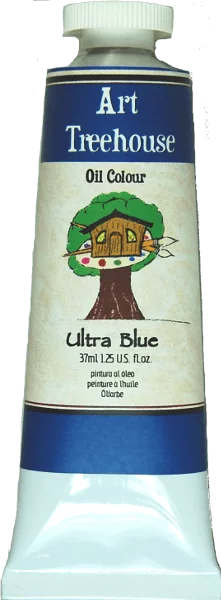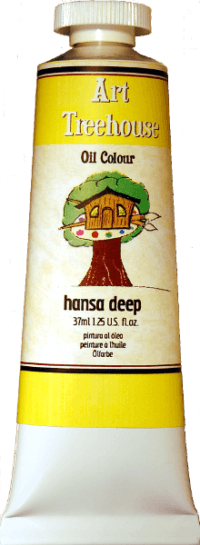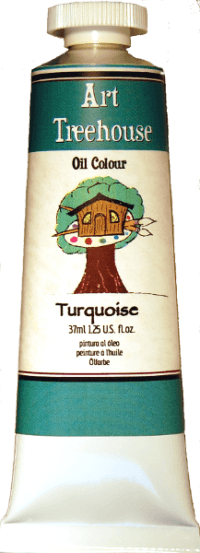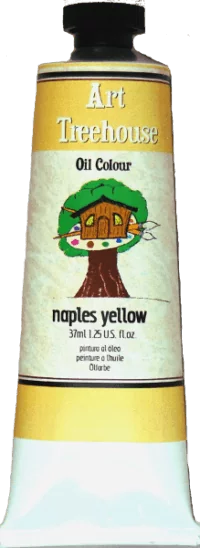Description
Our Ultra Blue is made with walnut oil and a new special form of ultramarine pigment that is free from random oversize particles! Ultramarine is one of the best of all pigments for glazing, and it has a very high tinting strength. The original Ultra Blue color was known as lapis lazuli, and was imported from Asia by sea, thus the name “ultramarine”. Lapis lazuli was probably the first known blue,dating to prehistoric times; Egyptians used it as a precious gem to make their jewels and ornaments (3500 years BC). Perhaps the earliest discoveries in paints using lapis lazuli as a blue pigment were found in mural paintings unearthed in Bamiyan (Afghanistan) in the 6th or 7th centuries AC. The lapis lazuli stone from Northern Afghanistan was introduced in Europe by Marco Polo who, on one of his trips (1270-1292) and after visiting Afghanistan’s mines, saw its trade potential. In the middle ages, it was so expensive many artists painted without any blues on the canvas. For a fee, a wealthy patron could have it added to a painting. Although the unique color of the pigment was highly desirable, at the same time its distant origin, scarcity and lengthy purification process made it available to very few people and it was as valuable as gold during the 18th century.
Synthetic production of Ultramarine Blue began in the 19th century. As unlimited quantities could be manufactured at a much lower cost, Ultramarine Blue consumption increased dramatically.Ultramarine blue is considered a basic essential for the artist’s palette – very lightfast, and it is not toxic. It is sometimes called “French Ultramarine” to distinguish it from the original lapis lazuli. In 1824, in France, a prize was offered for the manufacture of synthetic ultramarine. The prize was awarded to B. Guimet, and since then the manufacture of this pigment has been done primarily in France and Germany. Ultramarine is one of the best of all pigments for glazing, and it has a very high tinting strength. CI:Pb29
ASTM I – Excellent
Transparent





